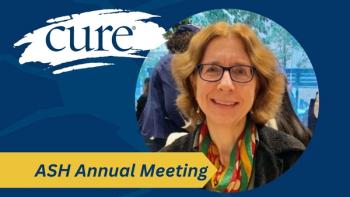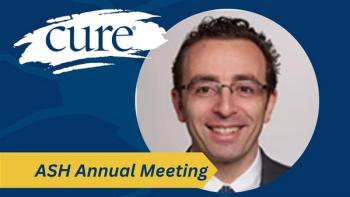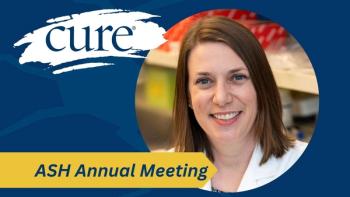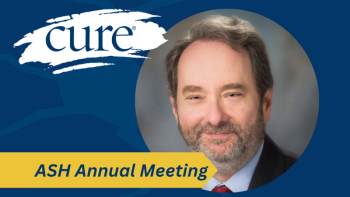
Breast Cancer and the Environment Report offers research roadmap
The release of the Institute of Medicine's Breast Cancer and the Environment: A Life Course Approach report has generated quite a bit of interest. Many are expecting information on BPA, pollution and cosmetics; what we get is that there needs to be more research.The committee defined "environmental" as most non-hereditary causes of cancer. Many of the environment factors it discusses that are preventable are those that can be changed by lifestyle. In addition to exercising more, drinking less alcohol and avoiding tobacco use, the report did mention some other notable topics:? Forego hormone therapy replacement – when the WHI study results were published in 2002 linking HRT to breast cancer, many women taking HRT for menopausal symptoms stopped taking the drug, and the rate of breast cancer significantly dropped.? Reduce radiation exposure – this doesn't mean not going through the X-ray machine at the airport when you travel for the holidays nor does it mean cutting back on screening mammograms. But if you don't need a full body CT scan every year, it's probably not a good idea to get one. Some things the report didn't include as environmental carcinogens are probably noteworthy in itself, such as cosmetics and BPA (Bisphenol A).Instead the report outlined future methods to studying environmental causes, suggesting that the way most studies are conducted isn't adequate. This we know because of the back-and-forth, contradictory studies on everything from cell phones to supplements. The committee recommends looking into exposures over the course of a lifetime (hence the report's title), including in utero, while also taking into account the combination and mixture of chemicals, interplay between genetics and environmental toxins, and length of exposure and age when exposed. These are difficult topics to study and will take a lot of time and money before we have anything meaningful. "We know that breast cancer is influenced by hormones, and estrogen exposure is a risk factor," said Irva Hertz-Picciotto, PhD, chair of the committee. "A number of compounds are active estrogenically - those are opportunities for potentially reducing risk. BPA is one of those compounds," and therefore, she says, deserves more research attention. Currently, there is little to no epidemiological research on BPA and cancer risk. Other possible breast carcinogens that need more research are benzene and night-shift work. Some expressed disappointment that the report didn't turn up more definitive answers and prevention strategies. "What we found was that the evidence base wasn't there to say these (other factors) contribute to breast cancer. I think we were all disappointed to not be able to recommend more," said Herz-Picciotto during the presentation's question-and-answer Wednesday afternoon.The report was funded by Susan G. Komen for the Cure. If you'd like to download the free pdf of the report, go to





